SONIA FORNASIER is assistant professor at Université de Paris, and develops her research at the Laboratoire d’études spatiales et instrumentation en astrophysique (LESIA). She is also senior member of the Institut Universitaire de France. She earned her Ph.D. in Space Science and Technology from the University of Padova, and in Astrophysics from the Paris Diderot University in 2002. Her scientific fields of interest are related to Solar System exploration and planetology, in particular on the characterization of the physical properties of the Solar System minor bodies.
Her work is based on multi-wavelength observational campaigns from groundbased and space telescopes, on the modelling of the bodies’ physico-chemical surface composition and of their thermal properties, and on statistical analysis. Among her main scientific achievement, the extensive study of the aqueous alteration process on primitive asteroids; the spectral characterization of several Jupiter Trojans members of dynamical families, with the discovery of an atypical carbonaceous rich family named Eurybates; the most extensive study to date of the thermal properties of TNOs from Herschel observations, which permit to derive the size and albedo for 140 bodies and their thermal properties; the discovery of exposed volatiles, morphological changes related to activity events, and color surface variation of the 67P/CG comet nucleus with time/heliocentric distances due the seasonal and diurnal cycle of water. She is author and co-author of over 250 publications in peer review journals.
Since 2005, she is involved in the definition and development of instrumentation for space missions devoted to the exploration of asteroids, comets, planets and their satellites. She is co-investigator of the imaging system OSIRIS for the Rosetta (ESA) mission, responsible of the inflight radiometric calibrations and chair of the working group on “Composition and physical properties of the 67P/CG comet nucleus” in the OSIRIS team, and co-investigator of the SIMBIO-SYS instrument for the BEPI COLOMBO (ESA-JAXA) mission. She is associated scientist of the OSIRIS-REX (NASA) mission, and of the JANUS instrument of the JUICE (ESA) mission. Since 2020, she is the instrument scientist of the imaging spectrometer MIRS for the JAXA mission Martian Moons Exploration (MMX), and member of the international working groups of the MMX mission: “Origin of Phobos and Deimos”, “Surface Science and Geology”, “Landing Site Selection”, “Mission Operations”.
Sonia Fornasier received the ESA Award for Outstanding Contribution to the Rosetta mission, and the Asteroids Meteors and Comets commission named asteroid (13248) “Fornasier” in her honor. She was member of the NASA scientific experts panel for the DISCOVERY Program Space Mission Selection Committee. She is the leader of the LESIA planetology team since 2016, member of the ESA Planetary Science Archive User Group (PSA-UG), and member of several panel of experts for French committees (CNU, HCERES, ANR).

